"Fortress" by Andrei Zubkov. Part of 5. Museum (photo report)
And here the new generation which needed to be brought up was growing up. Therefore, in 1975, on the site of the battery No. XXUMX, the memorial “Battery of Captain Zubkov” was opened, which became a branch of the Gelendzhik Museum of Local History. The initiative to revive the battery went from the then director of the museum, Honored Worker of Culture of the RSFSR Alexandra Avedisovna Kolesnikova. The idea was enthusiastically supported not only by museum workers, but also by city authorities — then by the Gelendzhik city committee of the CPSU and the city executive committee.
Andrei Zubkov at the opening of the museum named after him
100-millimeter guns returned to their places, put the gearbox in order - the almost permanent "house" of Captain Zubkov. However, this is only a small part of what needs to be restored. Restored the main artillery cellar, which now houses a small exhibition. They also restored the chemical battle station, where the diesel power station, bathhouse, galley, water boiler and some residential premises, which had to be rebuilt during the war, were located. And that is not all.
A lot of work has been done to make the battery breathe new life. Not the last place in the creation of the memorial complex was played by Andrei Emanuilovich Zubkov, whose post-war fate was as interesting as the fate of its battery.
A memorial plaque dedicated to Andrei Zubkov, attached to the house along the Admiral Serebryakov Embankment, 35, where he lived until his death
After the war, a very young captain graduated from the Naval Academy in Leningrad in 1954, and only in 1961 did he retire. At the same time he decided to settle down in his native Novorossiysk. Could not, of course, part of Andrew with the Black Sea. As colleagues later recalled, Zubkov could go swimming even in the midst of November, when the water temperature sways around 10-13 degrees.
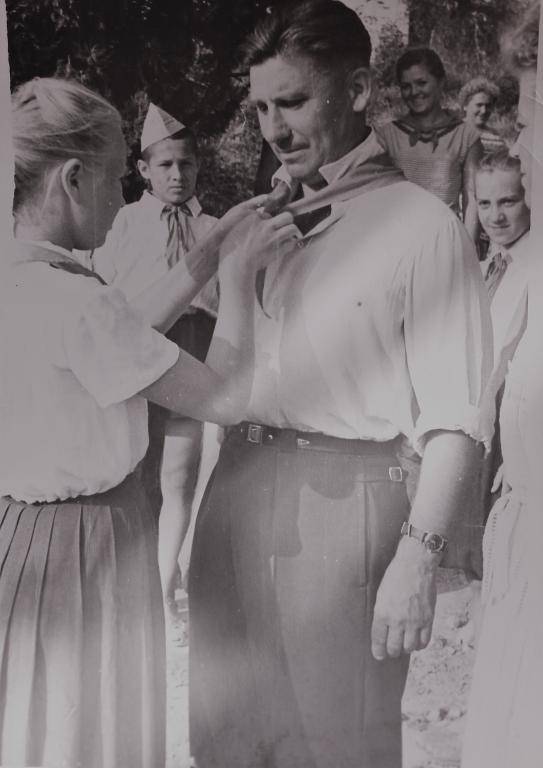
Zubkov took an active part in patriotic work with young people.
Having become a Novorossiysk Zubkov entered the service of the Novorossiysk Department of Emergency Rescue Underwater and Technical Works (ASPTR), later transferred to the Novorossiysk Shipping Company. In this position, he worked for many years as a dispatcher engineer. And at this place he was always celebrated as an impeccable, executive and disciplined employee. And Zubkov was famous for his strict discipline even during the war, perhaps during prolonged crazy bombing, this severe coldness saved both the battery and the commander himself and his garrison. Already on a citizen Zubkov awarded the medal "Veteran of Labor" and the badge "Honorary Worker of the Sea fleet».
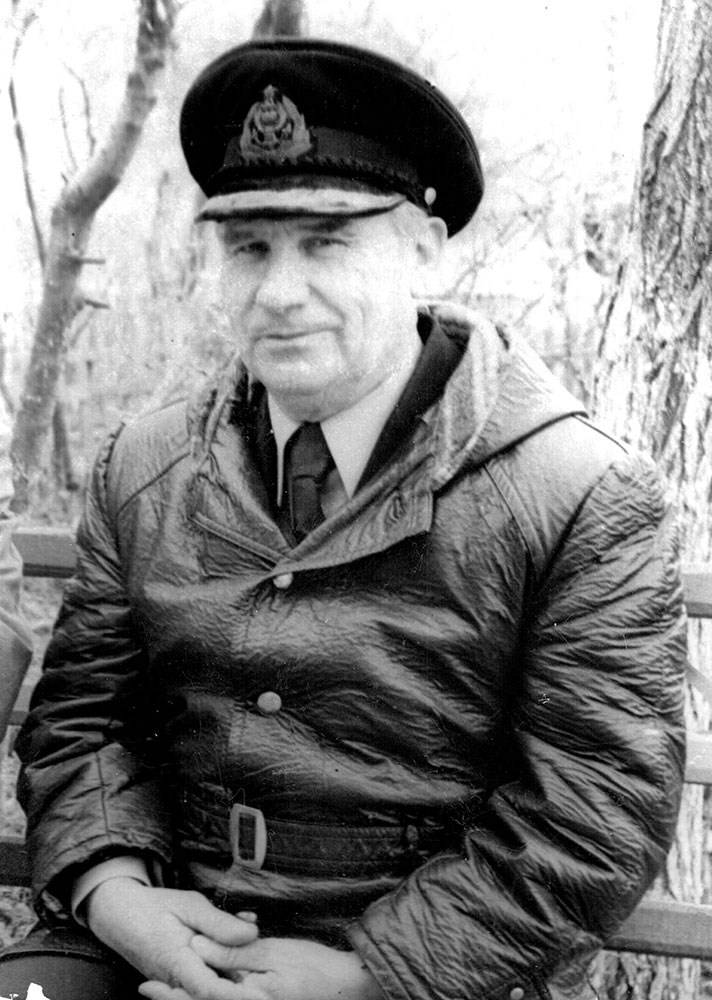
In 1978, Andrei Emmanuilovich was solemnly retired. Only he did not even intend to go to rest and worked for still long 10 years. Died Andrei Zubkov 12 February 1998, was buried in Novorossiysk. A gentleman of the Order of the Red Banner, two orders of the Patriotic War, the Order of the Red Star died, he was also awarded with the medal “For Military Merit”, etc.
I found the cycle of materials about the legendary battery of Captain Zubkov without a sortie directly to the scene of events to be the height of ingratitude. Therefore, gloomy and windy in the morning of the end of November, when the summer tourist crowd caught a trail, our tiny “expedition” set off towards the location of the coastal battery No. XXUMX.
On the right you can see a swollen cafe complex
The museum is located on the slopes of the mountains at Cape Penny at the federal highway M-4 "Don" between Novorossiysk and Kabardinka. For motorists, I note that if you are traveling from Novorossiysk, you will encounter the problem of a solid line, and even a separation bump stop, which will not allow you to drive directly to the parking lot near the battery. In winter, when there is plenty of space, you can carefully park at the curb and cross the road through a convenient underpass. If you are not ready to leave your “swallow”, then have patience, as you will have to turn around in Kabardinka.
We decided to park at the side of the road, which goes to the right and leads to the sensitive territory of the Penay lighthouse, and walked slightly back towards the underpass.
Immediately, I note that the neighborhood with the memorial complex of the Cossack Kuren tavern was extremely disliked. No, of course, this institution existed here before, but on the side of the road it “was present” only by stylized modest wickerwork and no less modest wicker gate. Now, next to the battery star, set up after the repair of the battery facilities, a monstrous red-glovar stylized complex with a comical watchtower and the same comic Cossack dummy has grown.
I am not a hypocrite and I love to sit notably at a good table, but everything has its time and place. And certainly the neighborhood of some overgrown tavern, not only with the legendary battery, but with Cape Penay, which, in fact, has become a graveyard, is a very dubious phenomenon.
Let's go back to the battery. At the very beginning of the exhibition we were met by X-NUMX-millimeter guns B-130-13C. These guns were not used on the 2 battery, but they are directly related to coastal artillery. It was the 394-graphs that were at the disposal of the 130 battery by Captain Maxim Petrovich Chelak, which was located in the area of Gelendzhik Blue Bay. By the way, a few years ago, part of the battery infrastructure No.714 still existed, albeit in a depressing form. In the thickets of oak and prickly bushes were remnants of gun-yard, some underground structures, etc. I hope that I will be able to make a sortie on the object that is being built up and is slowly being erased from the face of the earth.
Since the museum employee was busy with a noisy gang of young shoots, which is extremely important, we could not get to the part of the restored museum objects. The main thing is that the children visit them in order not to become the next “ruley from Urengoy”
No matter how hard we tried to find a cashier, who apparently performs the functions and guide, we did not succeed. Already on the territory of the battery, we occasionally heard voiced children's voices of a group of small museum visitors, but we didn’t manage to reach them, which meant the guide, whose female voice also reached us. The territory of the battery is very large and two routes have been laid along it.
On the battery are many funnels from the shells, some of which are labeled. However, if you are not a novice in the mountains, you can see even more nameless earth wounds.
The ruins of household and residential buildings
The positions of some of the guns are equipped with underground shelters and premises, although the inside has long been empty
Some of these trees remember the war and even, as museum workers say, were covered with fragments, but continued to live, carrying these wounds
Distance measuring post, in the background Novorossiysk
Entrance to KP
Inside the CP, because of the thunderstorm clouds, it got dark so that there was no point in going further without a flashlight
The chemical post, outside and inside, unfortunately, was closed
The whole territory of the battery is full of pillboxes and trenches.
Like many similar memorial complexes, the Zubkov battery is also a platform for various types of military equipment.
Do not forget that the territory of the battery is also a rare natural monument with a lot of red-book plants. Keep clean, especially as benches and bins were installed on the battery paths.
About the cemetery of Captain Nemo, as one of the Red Navy men, Captain Zubkov, who is located on Peny Cape, dubbed the battery church, I will write in the final part of the cycle. This place, despite being hidden from prying eyes, is extremely significant to touch it casually.
To be continued ...
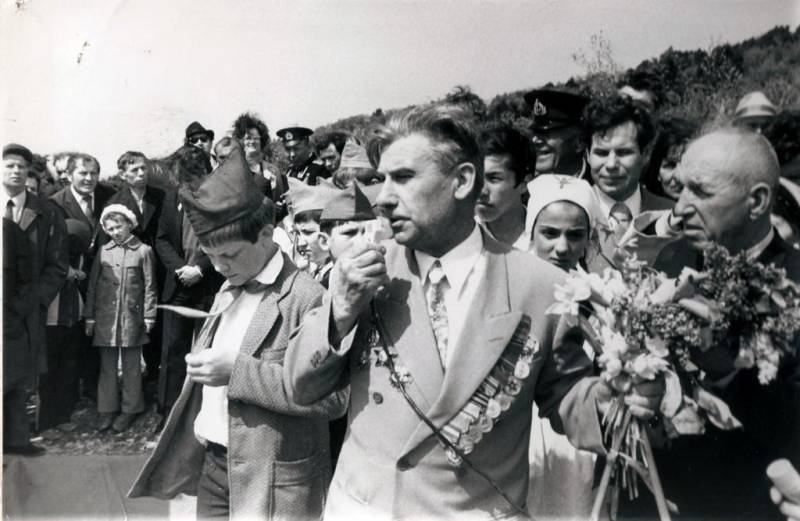
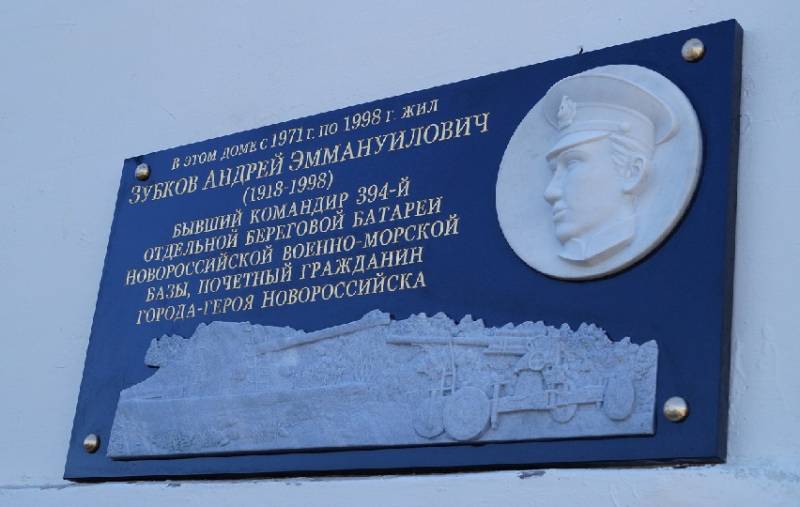
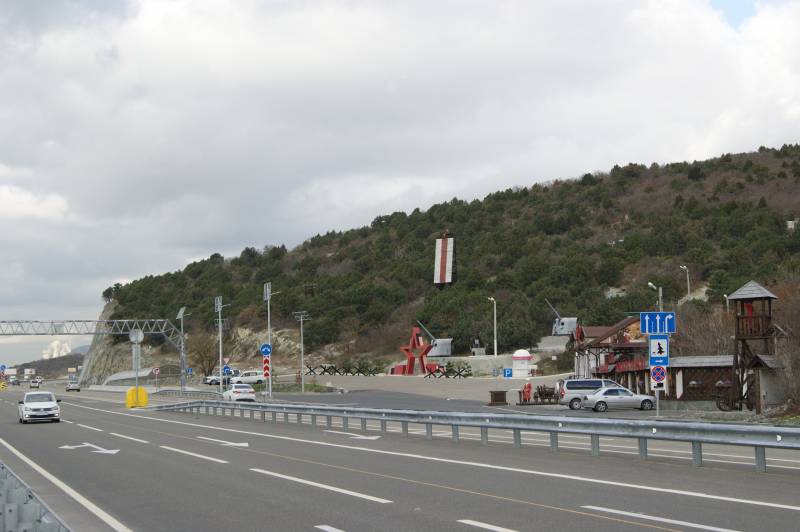
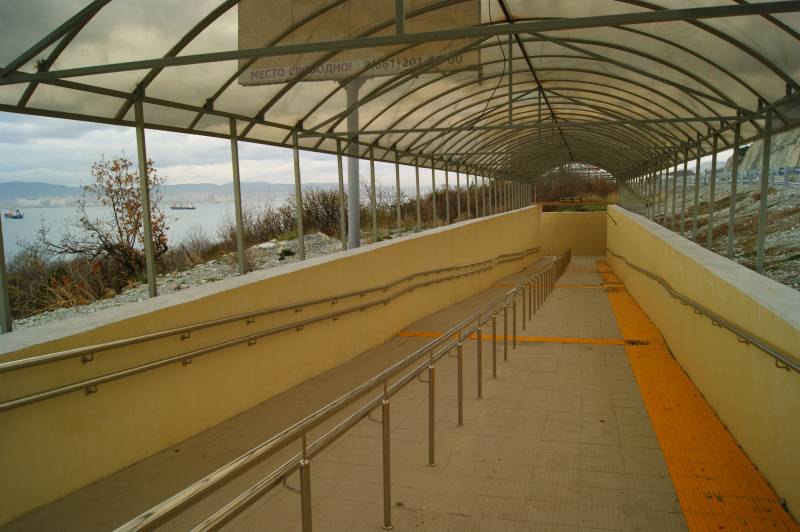
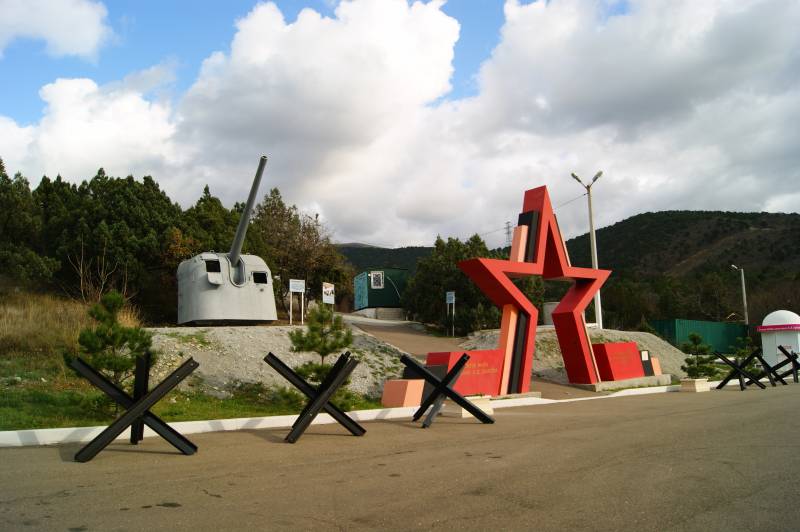
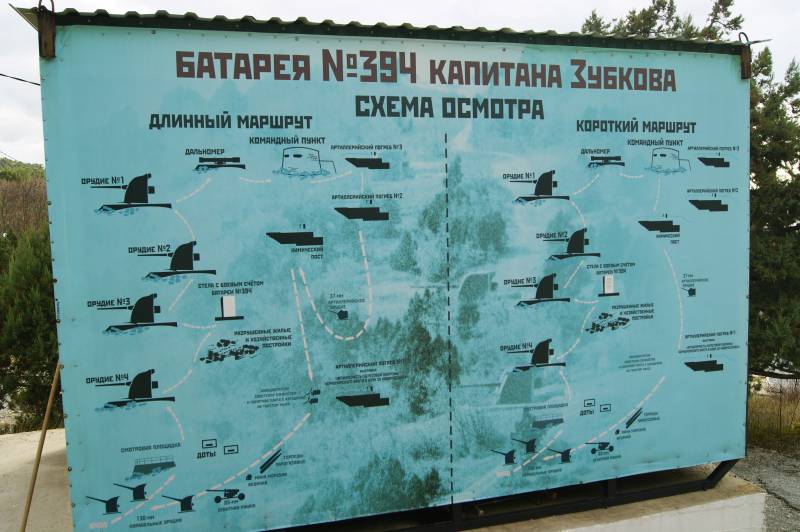
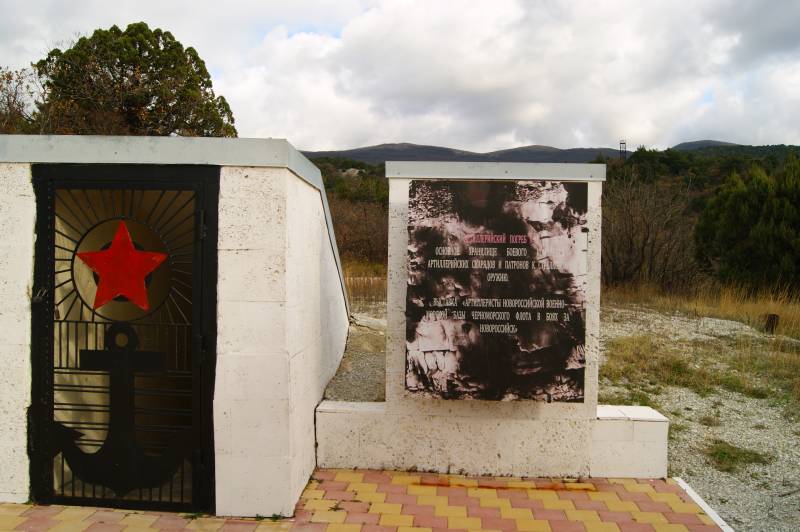
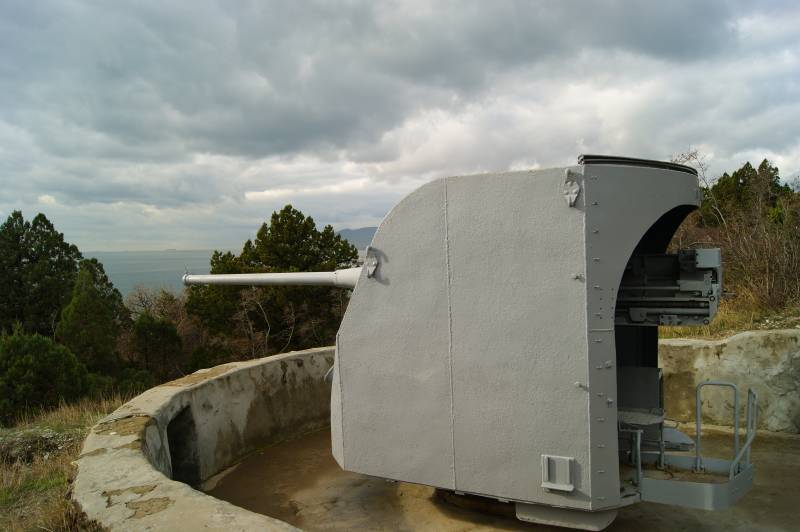
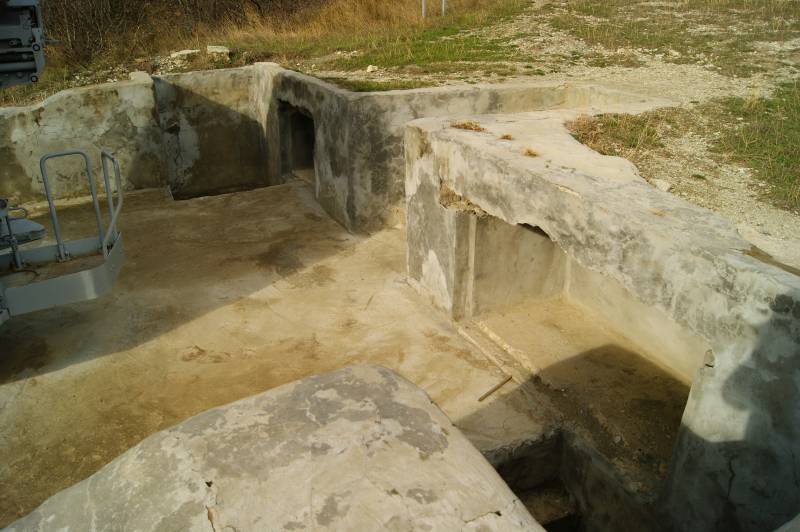
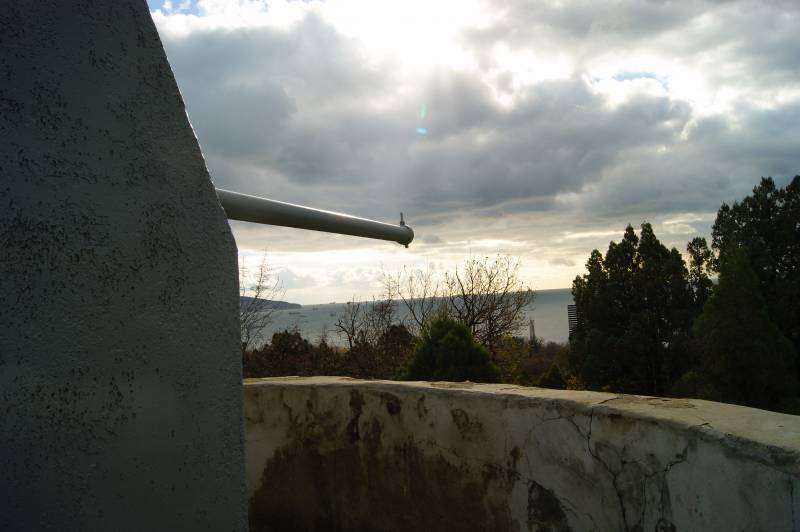
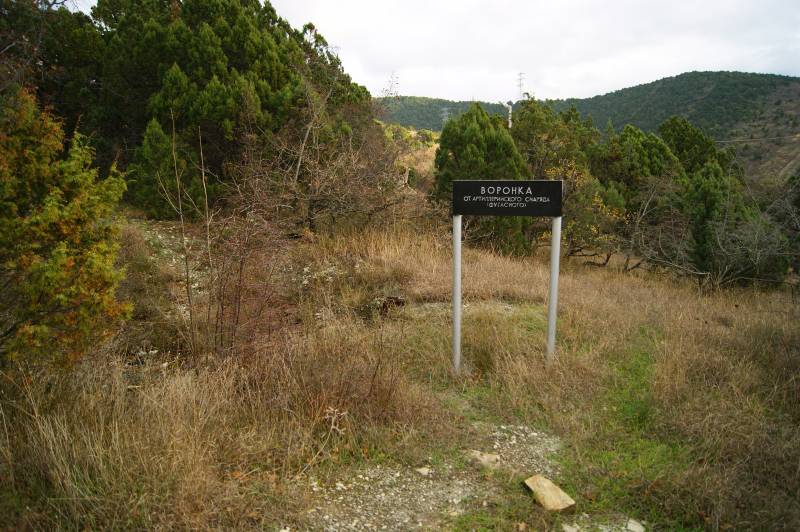
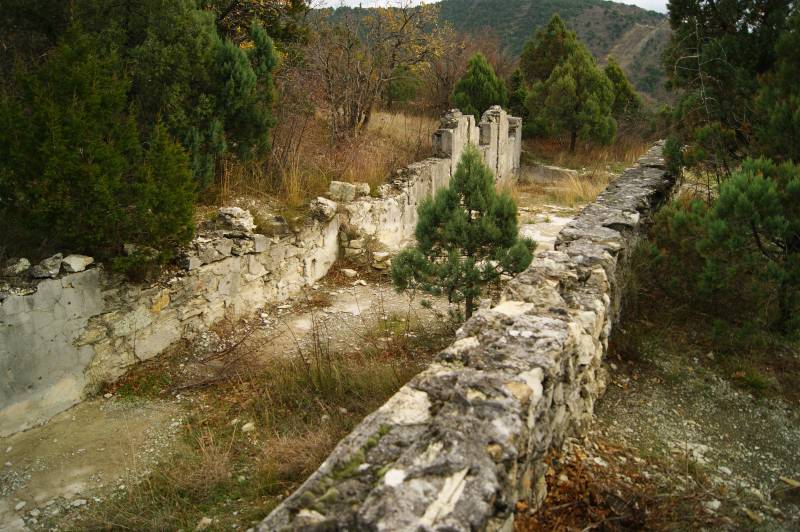
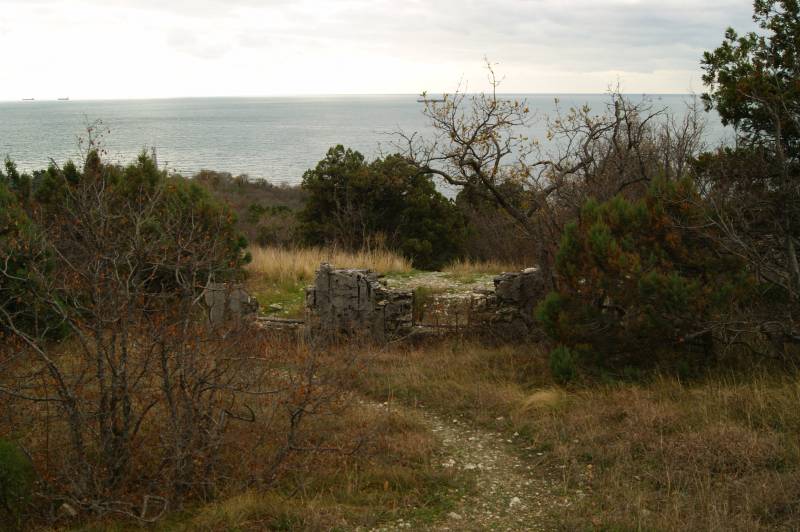
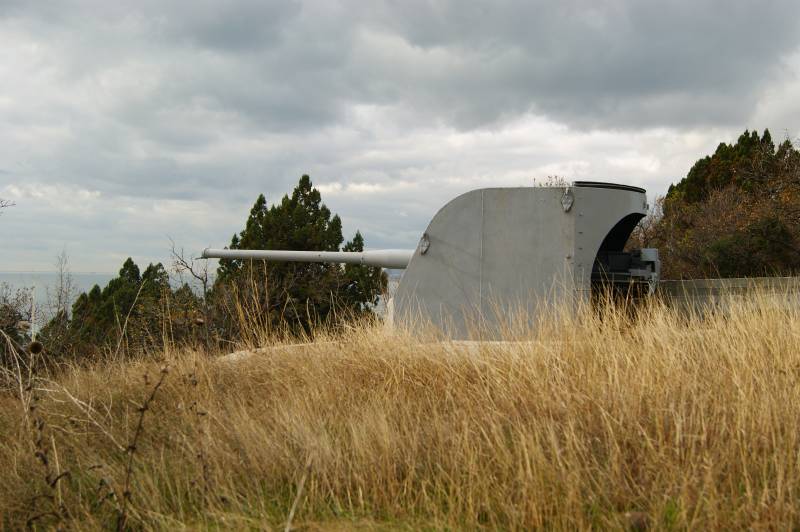
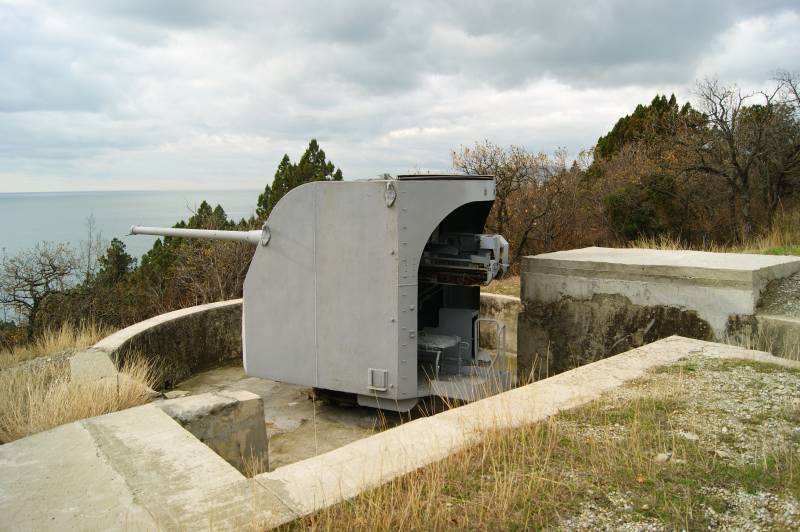
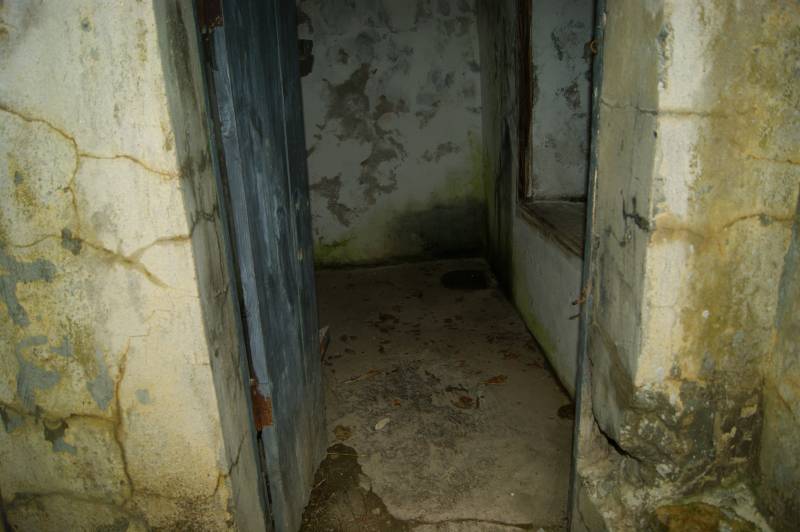
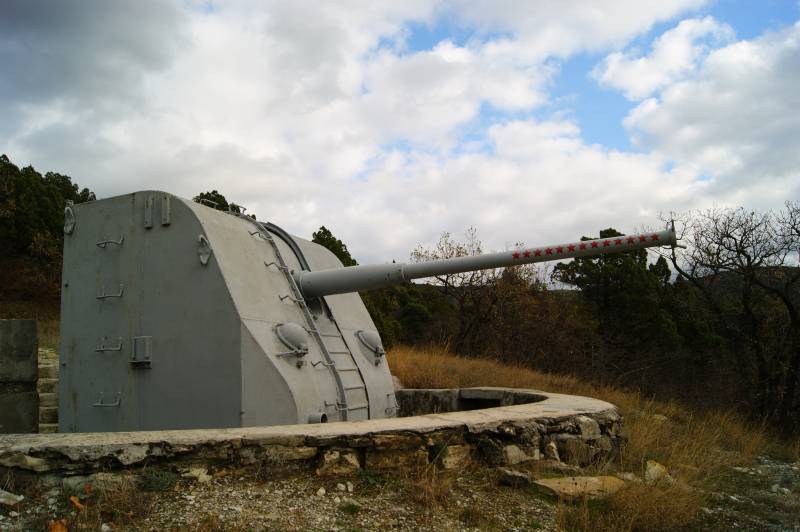

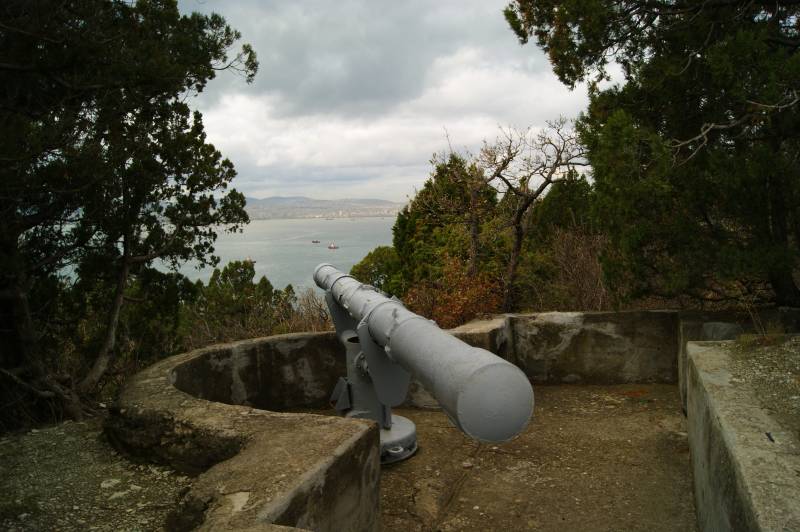
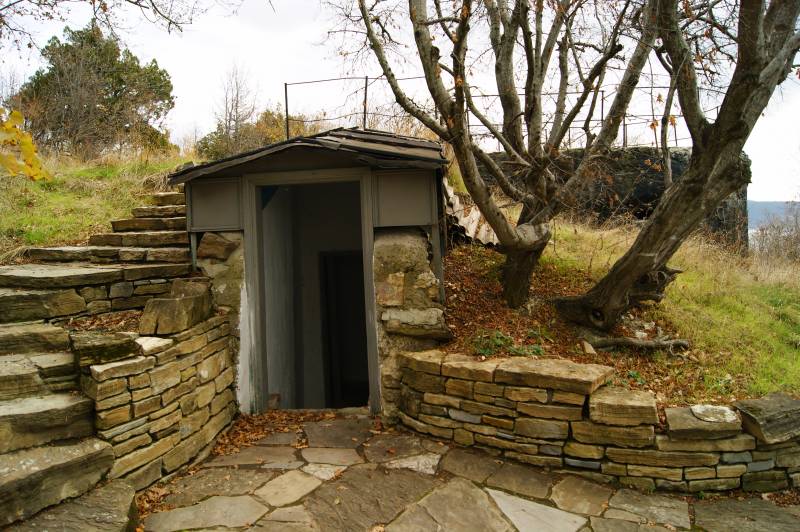
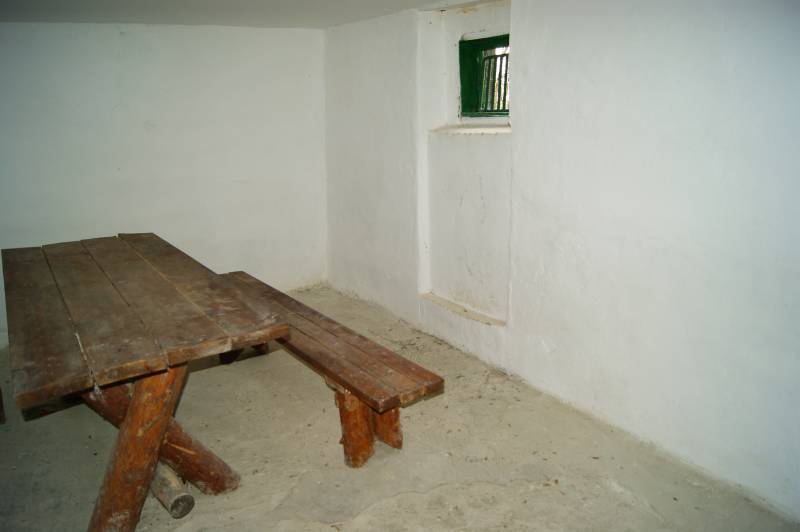
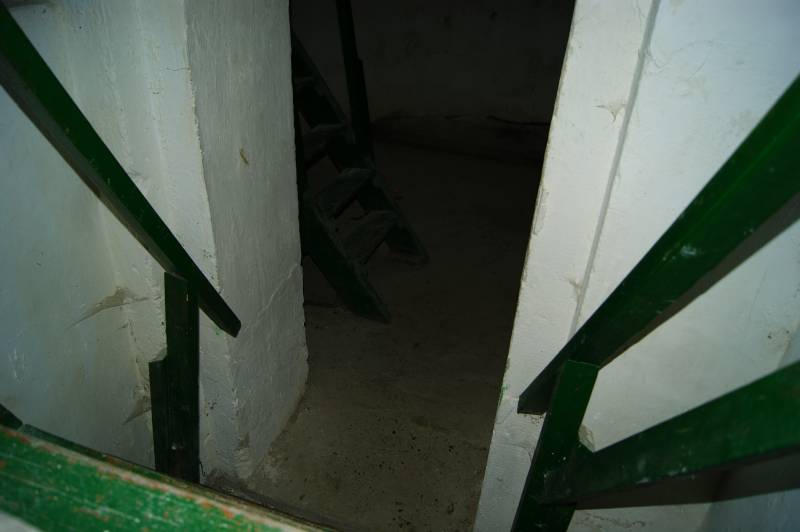
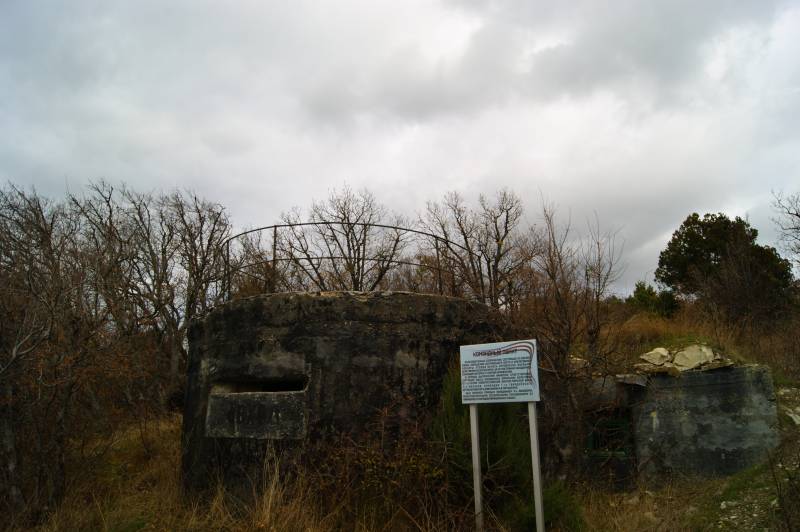
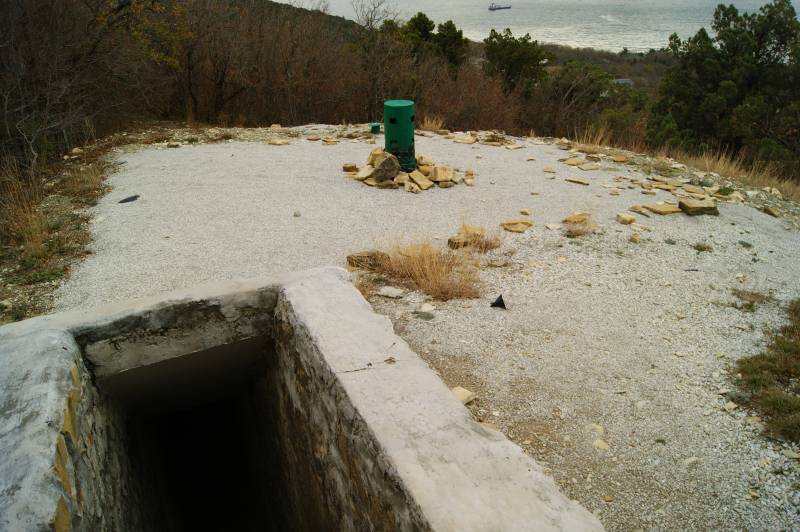
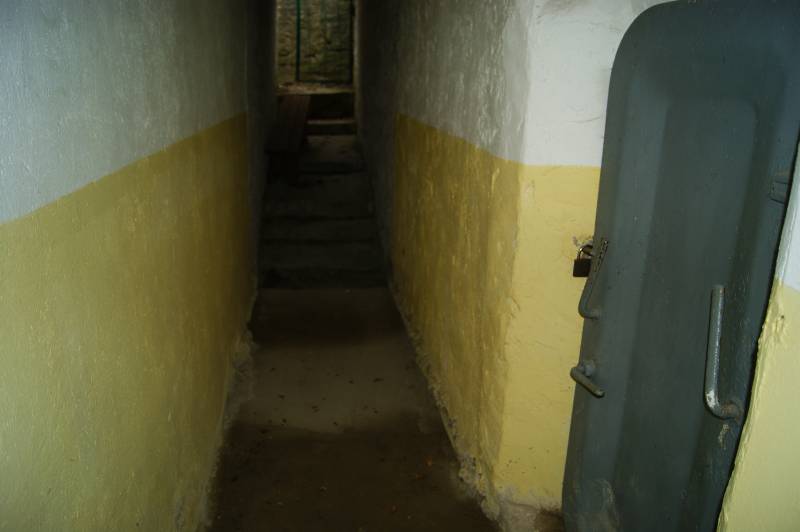
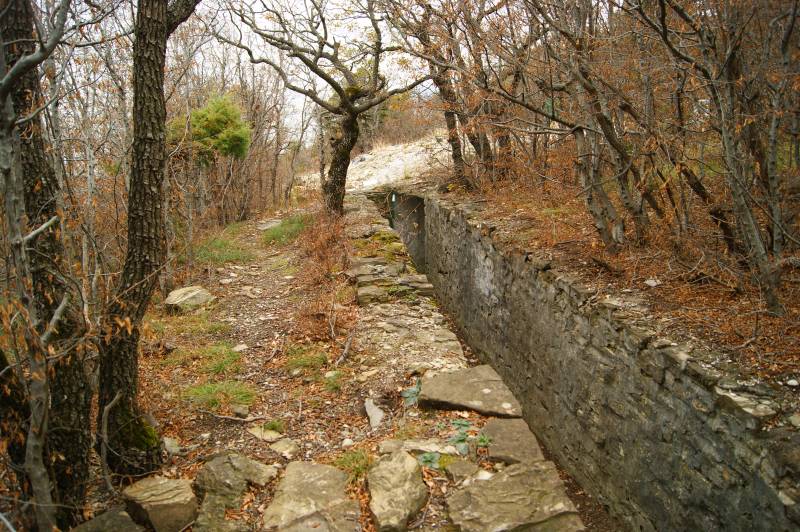
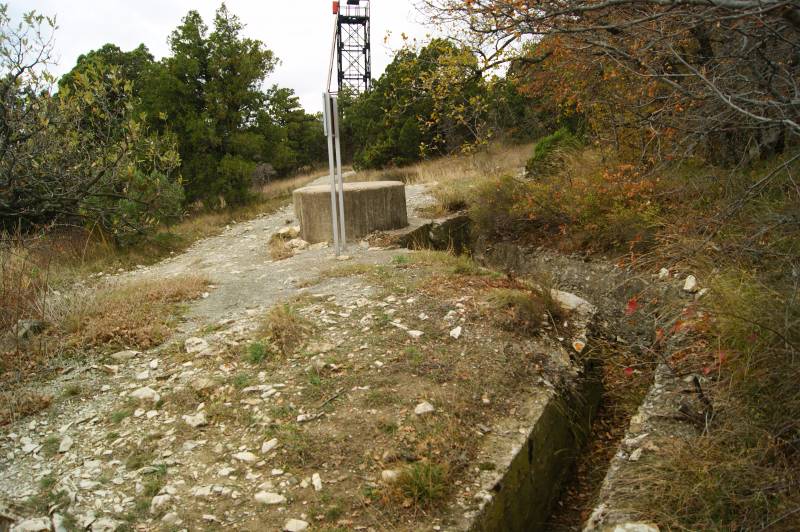
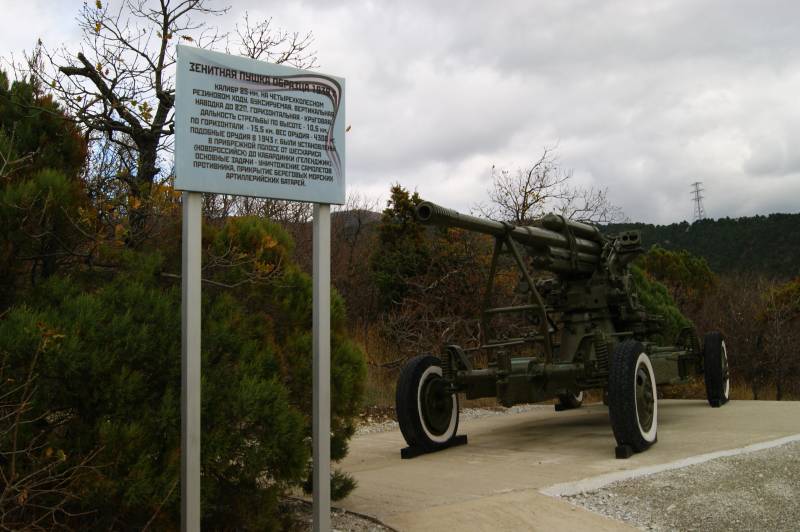
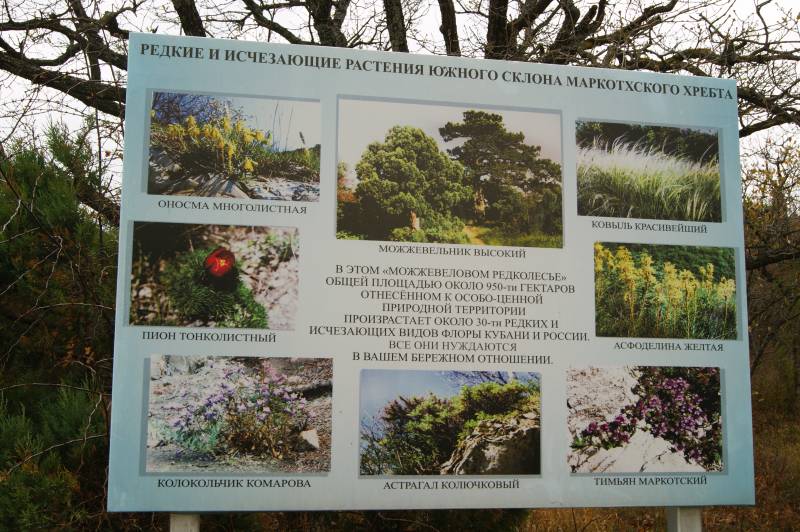
Information